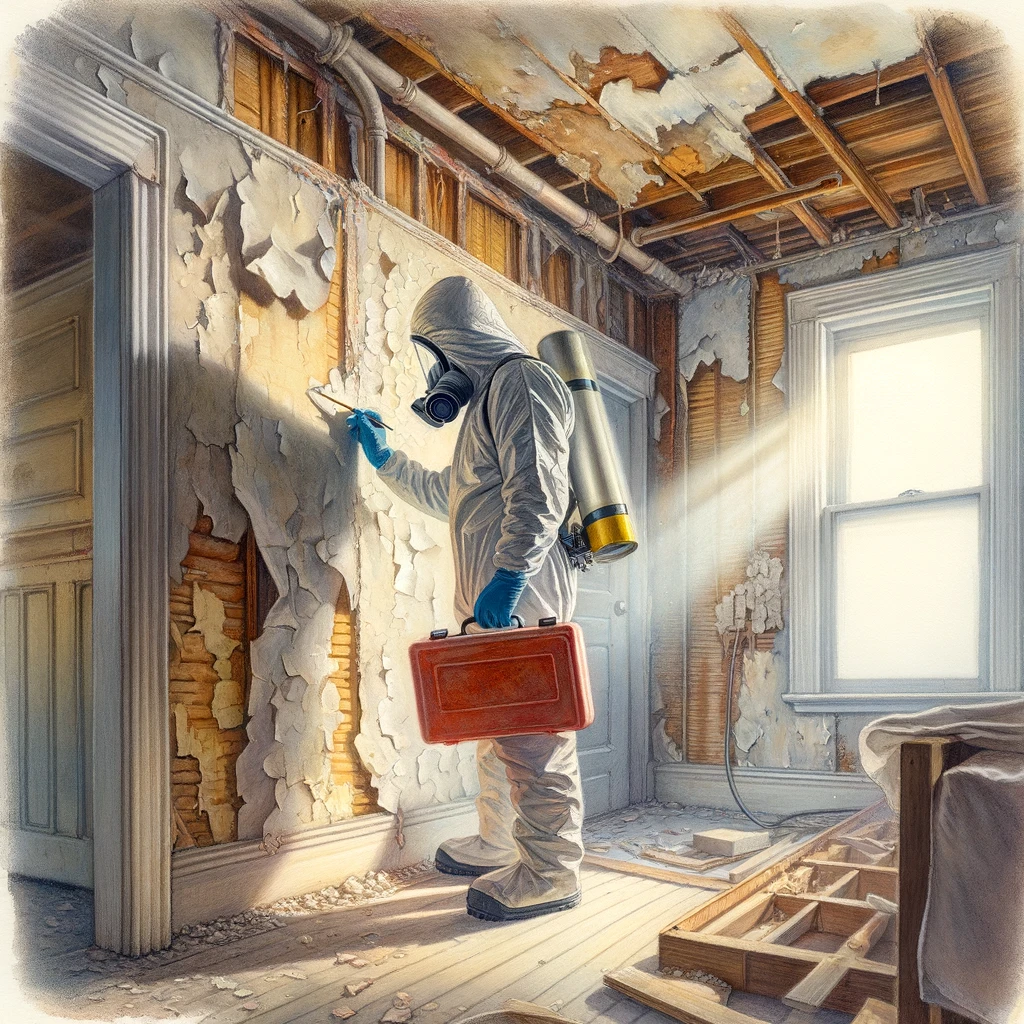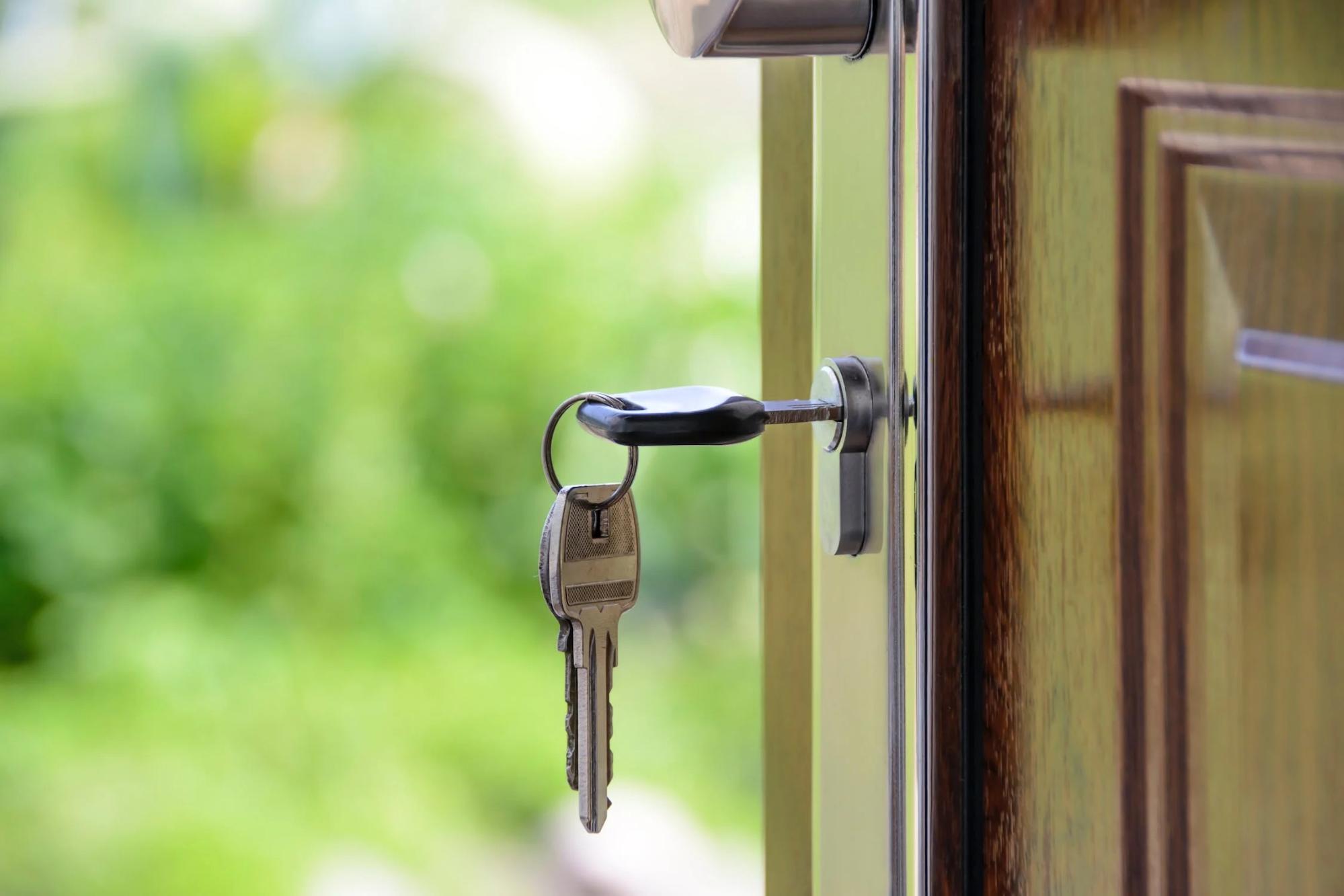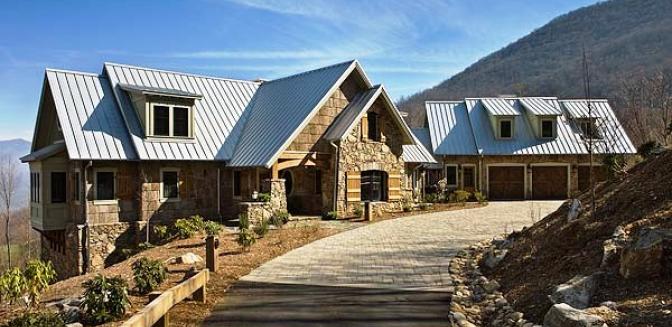Thinking of buying or selling an older home? It’s crucial to understand the significance of specialized inspections. These homes often carry unique structural and mechanical characteristics that require a keen eye during inspection. From outdated wiring to foundation issues, these properties may present hidden challenges. Our comprehensive guide will delve into the importance of specialized inspections for older homes, shedding light on common pitfalls and necessary precautions. We’ll explore how these assessments can safeguard your investment and ensure peace of mind when dealing with aging properties.
In this post, we’ll navigate through the historical context surrounding older homes, emphasizing the need for thorough evaluations in preserving their charm while addressing potential risks. Stay tuned as we uncover valuable insights to help you look for specialized inspections for older houses.
Key Takeaways
- Prioritize structural integrity: When inspecting older homes, pay special attention to the structural components such as the foundation, walls, and roof to ensure their stability and safety.
- Be thorough with hazardous materials: Conduct comprehensive checks for hazardous materials like lead paint, asbestos, and mold, as these can pose serious health risks in older homes.
- Address environmental concerns: Consider the environmental impact and health concerns related to older homes, including air quality, water systems, and potential contamination issues.
- Specialized area inspections are crucial: Pay close attention to specialized areas such as chimneys, fireplaces, and historical features that may require specific expertise for inspection and maintenance.
- Don’t overlook pest and infestation inspections: Given the susceptibility of older homes to pest infestations, a meticulous pest inspection is essential to identify and address any existing or potential issues.
- Engage in comprehensive reporting: Ensure that the inspection report is detailed and comprehensive, covering all aspects of the specialized inspections for older homes to provide a clear overview of the property’s condition.
Understanding Old Home Inspections
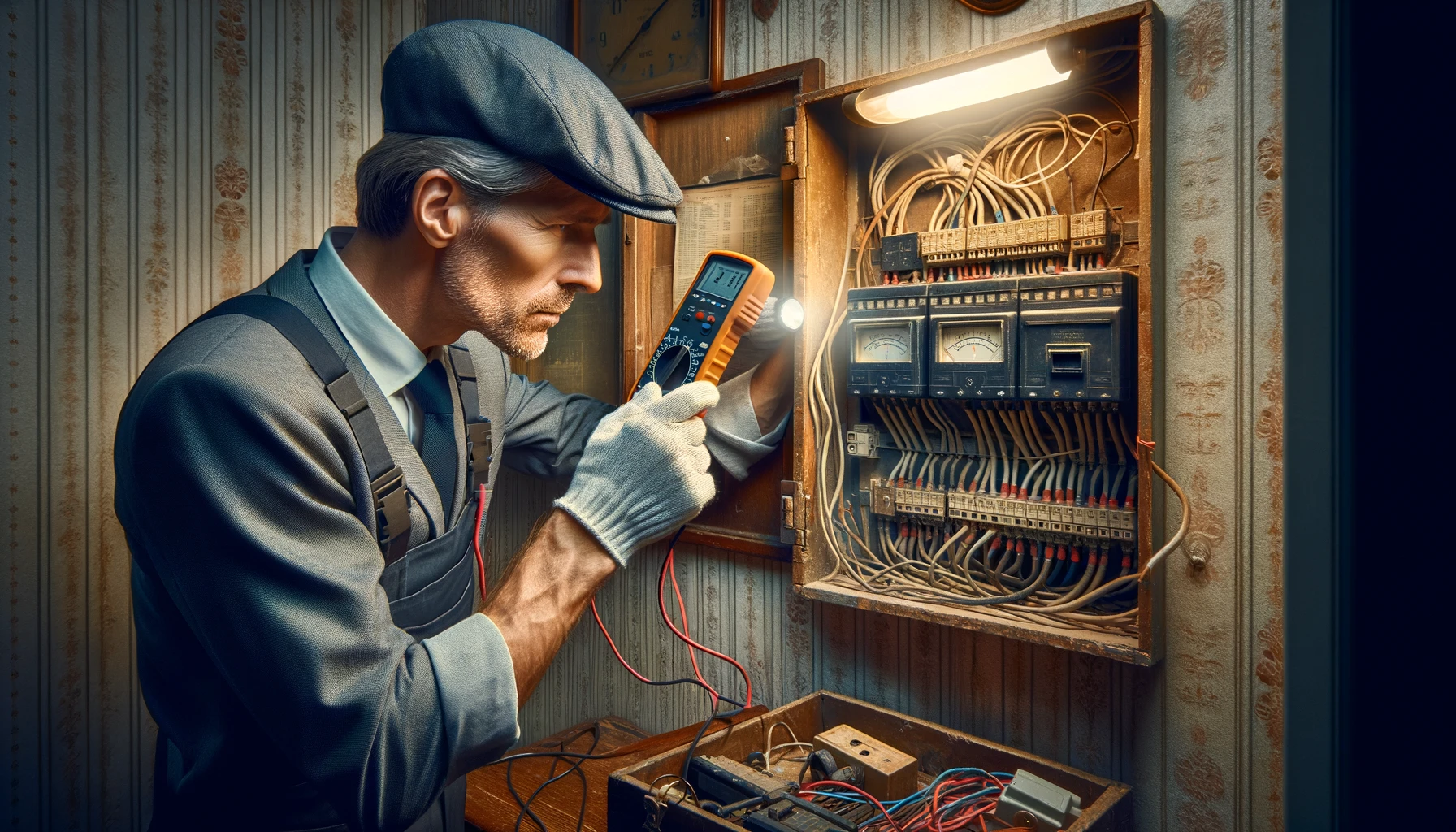
Inspection Importance
Old home inspections are crucial for understanding the condition of an older property. They help identify potential safety hazards and structural issues, allowing informed decisions about purchasing or renovating. For instance, potential home buyers can look at a thorough inspection to reveal hidden problems like outdated electrical systems or deteriorating materials.
Inspecting an older home is like peeling back the layers to look for any underlying issues that may not be immediately visible. It’s akin to conducting a medical check-up on a person who has aged – it helps in identifying any health concerns that need attention.
Furthermore, these inspections provide valuable insights into the overall state of the property, enabling homeowners or buyers to plan for necessary repairs and maintenance. Without such inspections, individuals might unknowingly invest in properties with significant underlying problems.
Common Issues
Specialized inspections for older homes often uncover typical problems found in these properties. These could include deteriorating materials such as rotting wood or decaying pipes, along with outdated systems like electrical wiring or plumbing infrastructure.
During a home inspection, it’s common to find issues related to inadequate insulation, which can lead to energy inefficiency and increased utility costs. Moreover, old homes may have structural concerns due to wear and tear over time; this underscores why thorough examinations are essential.
Addressing these home inspection issues is paramount because they directly impact the habitability and safety of the dwelling. By addressing them promptly based on inspection findings, homeowners can ensure their families’ well-being while also preserving their investment in the property.
Risk Management
Mitigating risks associated with older homes involves various strategies, including inspection, aimed at minimizing future maintenance costs and ensuring occupant safety. Thorough specialized inspections play a pivotal role in risk management by revealing potential pitfalls before they escalate into major problems.
By gaining a comprehensive understanding of a property’s condition through specialized inspections for older homes, individuals can proactively manage risks associated with aging structures. This includes preemptively addressing home inspection issues that could pose safety hazards or result in costly repairs down the line.
In essence, investing in detailed old home inspections serves as preventive medicine against potential headaches later on – much like getting regular dental check-ups helps avoid more extensive treatments later.
Inspecting Structural Integrity
Foundation Assessment
Older homes require specialized inspections for their foundation to ensure stability and integrity. A thorough inspection is crucial as these home properties are more susceptible to foundation issues such as settling and cracks. These assessments emphasize the significance of a solid foundation in older homes, which may have been built using different building practices than those used today.
Inspectors focus on identifying any signs of structural damage or compromise, ensuring that necessary repairs can be addressed promptly. For instance, if there are visible cracks or indications of uneven settling, it could point towards underlying problems with the home’s foundation. By addressing these issues early on through inspection, homeowners can prevent further damage and maintain the structural integrity of their property.
Roof Evaluation

Another critical aspect of specialized inspections for older homes is evaluating the condition of the roof. This comprehensive assessment includes examining various elements such as shingles, flashing, gutters, and overall roof structure. The goal is to identify potential leaks, water damage, and any weaknesses in the roof’s structural components during the inspection.
The importance of maintaining a sound roof structure and home inspection cannot be overstated. Due to wear and tear over time or outdated building practices, roofs in these properties may be more prone to deterioration. Identifying areas that require repair or reinforcement ensures that homeowners can address any vulnerabilities before they escalate into major issues.
Hazardous Materials Checks
Asbestos Detection
Older homes may contain toxic materials such as asbestos, which poses serious health risks if disturbed. Asbestos was commonly used in home building materials before its dangers were known. It’s crucial to conduct specialized inspections for asbestos detection in older homes to ensure the safety of occupants. Professional inspectors can identify and assess the condition of asbestos-containing materials, providing homeowners with vital information for safe removal or containment.
Moreover, exposure to airborne asbestos fibers at home can lead to severe respiratory conditions, including lung cancer and mesothelioma. Therefore, it’s essential for homeowners considering renovations or repairs in older properties to prioritize checking for the presence of asbestos through specialized inspections. These inspections involve thorough assessments of areas where asbestos is commonly found, such as insulation, flooring, and ceiling tiles.
Lead Paint Analysis
Another hazardous material often found in older homes is lead-based paint. The ingestion or inhalation of lead particles from deteriorating paint in home can result in severe health issues, especially among children and pregnant women. Hence, professional lead paint analysis is imperative when dealing with older properties that may contain this toxic substance.
Professional inspectors utilize advanced techniques to test surfaces for lead-based paint accurately during home inspection. Homeowners should be aware that even layers of non-lead based paints over old lead-based ones can still pose a risk if not properly handled during maintenance or renovation work on these surfaces.
In-Depth System Inspections
Electrical Review
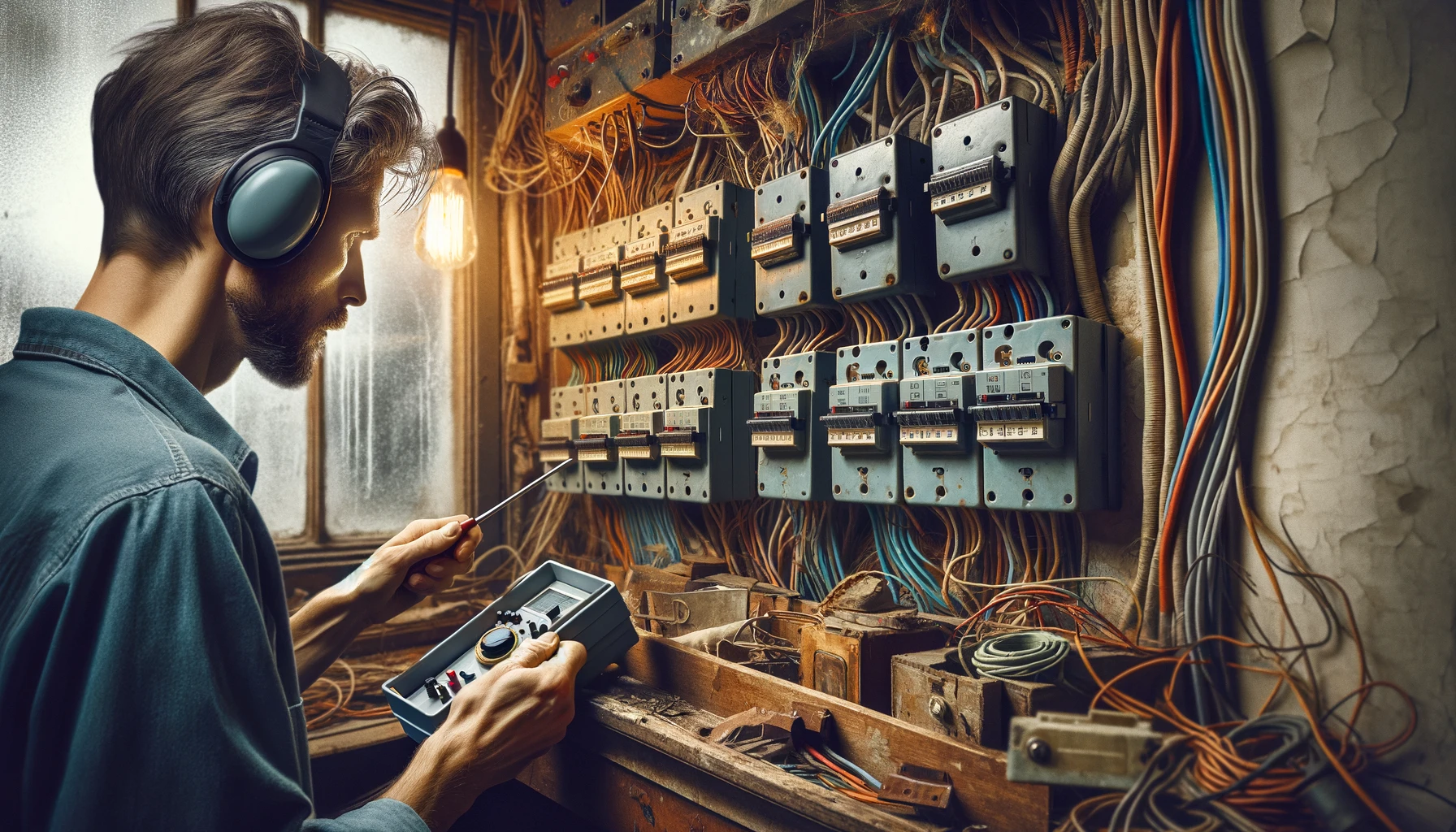
Older homes often have outdated electrical systems and wiring that can pose safety risks. These inspections focus on identifying inadequate electrical setups, which could lead to potential hazards such as electrical fires. Upgrading electrical components is crucial to ensure the safety of inhabitants in older homes.
Inspectors pay close attention to signs of wear and tear, corrosion, and outdated materials during these specialized inspections for older homes. They look for evidence of faulty wiring, overloaded circuits, or insufficient grounding that could compromise the overall safety of the home. For example:
- Outdated knob-and-tube wiring may not support modern electrical needs.
- Aluminum wiring prevalent in older homes might be prone to overheating and fire hazards.
Plumbing Examination
Assessing aging plumbing infrastructure in older properties is essential due to common issues like leaks, corrosion, pipe deterioration, and blockages found in home. The presence of hazardous materials such as lead pipes or asbestos insulation can also be a concern during these specialized inspections.
These examinations aim to identify any signs of water damage or mold growth resulting from plumbing issues at home. It’s important for inspectors to thoroughly check for leaky faucets, slow drainage, water stains on walls or ceilings – all indicators of potential plumbing problems within an older home.
HVAC Assessment
Evaluating heating, ventilation, and air conditioning (HVAC) systems in older homes involves examining their efficiency and performance while addressing potential safety concerns related to gas-powered appliances like furnaces or boilers.
During these home assessments, inspectors focus on checking filters clogged with dust or debris that reduce indoor air quality. They also inspect ductwork for signs of wear and tear that could impact the distribution of heated or cooled air throughout the property.
Environmental and Health Concerns
Radon Testing
Radon gas, a colorless, odorless radioactive gas, can seep into homes through cracks in the foundation. Specialized inspections for older homes are crucial to detect radon levels as they pose serious health risks. Long-term exposure to high levels of radon at home can lead to lung cancer. Therefore, testing for radon is essential in older homes where the risk of accumulation is higher.
Moreover, specialized home inspections provide an opportunity to identify any radon mitigation measures needed to reduce its concentration indoors. For instance, sealing foundation cracks and installing ventilation systems can effectively lower radon levels in a home. Without these specific inspections tailored for older homes, residents may remain unaware of this hidden danger lurking within their living spaces.
Mold Investigation
Older homes are more susceptible to moisture accumulation due to aging infrastructure and wear-and-tear over time. This makes them prone to mold growth which not only poses health risks but also causes structural damage if left unchecked. Specialized inspections play a vital role in identifying areas with mold infestation and assessing the extent of the issue.
Mold spores can trigger allergies and respiratory problems among home occupants, particularly those with existing health conditions such as asthma or weakened immune systems. By conducting thorough mold investigations during specialized inspections for older homes, homeowners can take proactive measures to prevent further mold growth and address existing issues promptly.
These detailed inspections enable homeowners to pinpoint the source of moisture contributing to mold formation so that necessary repairs or improvements can be made accordingly.
Specialized Area Inspections
Chimney Scrutiny
One crucial area of focus is the chimney. Inspecting chimneys at home ensures their structural integrity and identifies potential fire hazards. Common issues such as creosote buildup and cracks can be addressed through these specialized inspections. Regular maintenance is emphasized to guarantee safe fireplace operation, reducing the risk of environmental and health concerns.
A well-maintained chimney not only prevents fire hazards but also contributes to a healthier indoor environment by minimizing the release of harmful gases into the home. For instance, creosote buildup in chimneys poses a significant risk of chimney fires, which can lead to extensive home damage and endanger occupants’ safety. By emphasizing regular maintenance during specialized inspections, homeowners can mitigate these risks effectively.
Inspecting chimneys for older properties also helps address environmental concerns associated with inefficient or malfunctioning heating systems. A thorough examination during specialized inspections at home can identify any issues affecting the proper functioning of the chimney system, ensuring that it operates optimally without compromising indoor air quality.
Sewer Evaluation
Another critical aspect of specialized inspections for older homes involves sewer evaluation. Aging sewer lines in older properties are prone to blockages and deterioration, leading to potential sewage backup risks in home. Timely assessments play a crucial role in preventing sewer system failures that could result in costly repairs and health hazards due to exposure to raw sewage.
By addressing aging sewer lines during specialized inspections, homeowners can proactively identify deteriorating infrastructure before it causes significant problems such as sewage backups or leaks into basements or living spaces. This preventative approach safeguards against property damage and minimizes health risks associated with exposure to contaminated water from damaged sewer lines at home.
Moreover, focusing on sewer evaluation as part of specialized inspections aligns with environmental considerations related to wastewater management and pollution prevention efforts within residential areas. By identifying potential issues early on through comprehensive evaluations, homeowners contribute positively towards maintaining clean water sources while preserving overall environmental quality within their communities.
Pest and Infestation Inspection
Termite Search
Termite infestations pose a significant threat to the structural integrity of older homes. Pests like termites feed on wood, causing extensive damage that can compromise the safety of the property. During a specialized inspection for older homes, inspectors focus on identifying signs of termite activity such as mud tubes, hollow-sounding timber, or discarded wings near entry points. These inspections also prioritize assessing potential structural damage caused by termites in a home, which may include weakened beams or support structures.
Proactive measures are emphasized to protect against termite infestations in older homes. This includes recommendations for regular professional pest control treatments at home and implementing preventative measures such as maintaining proper drainage around the property and keeping wooden structures away from soil contact. By addressing these issues early through specialized inspections, homeowners can mitigate the risk of costly repairs due to termite damage.
Rodent Inspection
Inspectors conducting specialized inspections for older homes place particular emphasis on identifying rodent infestations and their associated risks. Pests like rodents not only cause property damage but also pose health hazards due to their droppings and urine contaminating home living spaces. The inspection focuses on locating entry points where rodents may gain access into the home, such as gaps in walls or foundations.
In addition to addressing sanitation concerns related to rodent infestations in older properties, inspectors stress the need for effective pest control measures. This may involve sealing entry points with durable materials that rodents cannot easily gnaw through and recommending ongoing pest control services tailored specifically to address rodent populations within an aging home environment.
Additional Inspections for Older Homes
Landscaping Analysis
Evaluating the landscaping is crucial. Elements like trees, shrubs, and retaining walls should be thoroughly examined. Aging landscapes may pose potential hazards and require specific maintenance to ensure safety.
Preserving the outdoor aesthetics of an old house while ensuring safety is essential. For instance, overgrown tree branches might pose a risk during storms or strong winds. Similarly, aging retaining walls might need reinforcement to prevent collapse and ensure structural integrity.
Inspectors focus on identifying any hazards related to the landscaping elements around an old house. They also provide recommendations for necessary maintenance or repairs to keep both the residents and property safe while preserving its charm.
Pool and Spa Review
Older homes with pools and spas require meticulous inspection of their equipment, structures, and safety features. This includes checking for signs of wear and tear in pool linings, examining filtration systems’ functionality, inspecting diving boards or slides for stability issues, among other aspects.
Maintenance needs are particularly important when dealing with old houses that have aquatic amenities. Over time, pool liners can deteriorate or develop leaks if not well-maintained; spa equipment may also face similar issues due to age-related wear.
Furthermore, compliance with regulations regarding pool safety is critical in older homes with these amenities. Ensuring that barriers are intact around the pool area as per local building codes is vital in preventing accidents involving children or pets.
Historic Home Inspection Tips
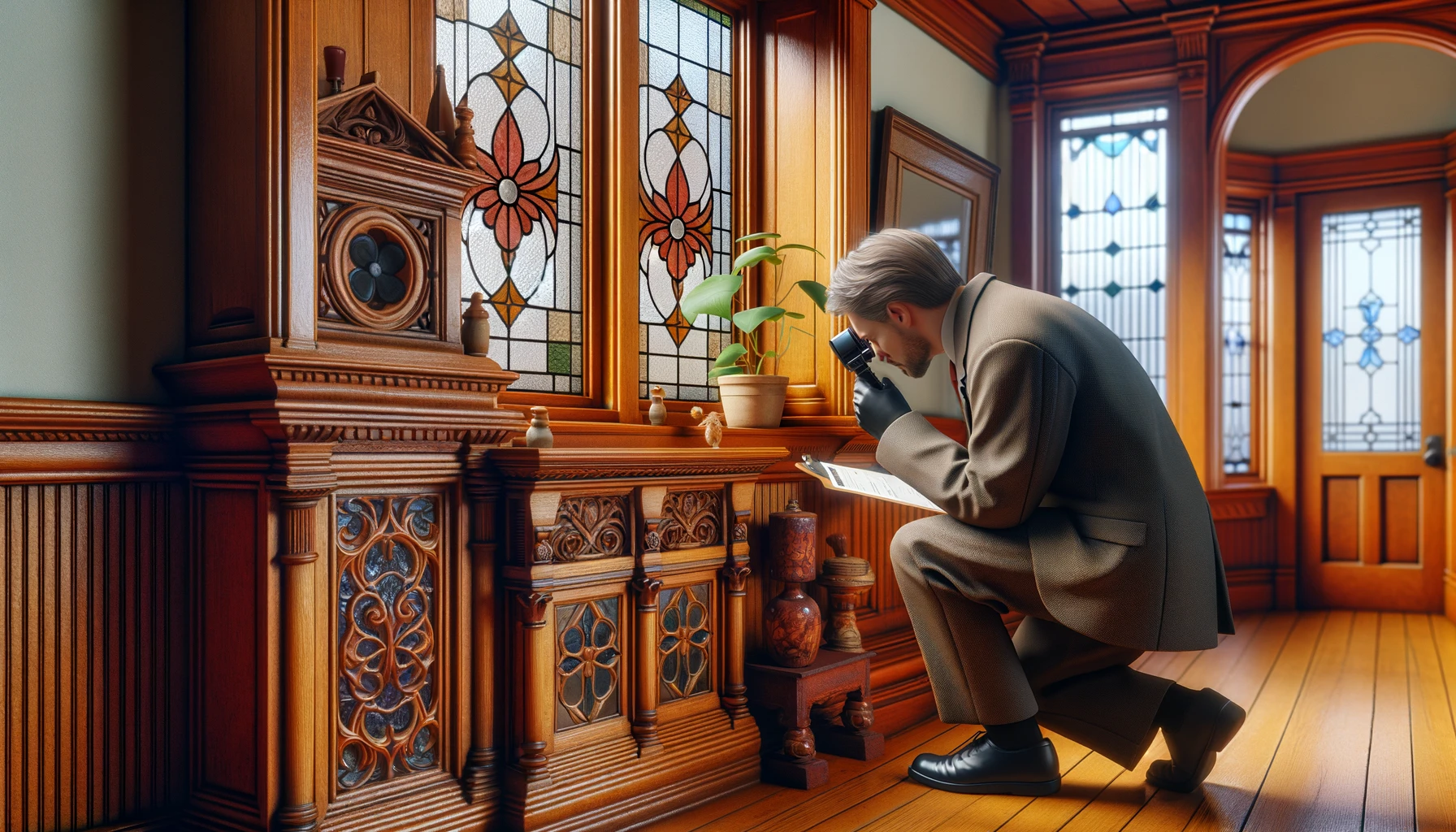
There are several unique considerations that homeowners and home buyers need to be aware of. Older homes often come with a set of challenges and characteristics that require specialized inspections beyond what’s typically done in newer properties.
One crucial aspect is the historical preservation requirements. When inspecting an old home, it’s important to consider any historical or architectural significance, as these properties may have specific preservation guidelines that must be adhered to. This could include features like original woodwork, stained glass windows, or other historic elements that need special attention during the inspection process.
Another essential point is the comprehensive assessments tailored to each property’s characteristics. Unlike newer homes, older properties have their own set of issues such as outdated electrical systems, plumbing, or structural concerns due to aging. Therefore, home inspectors should conduct thorough assessments tailored to the unique qualities and potential problems associated with older homes.
Reporting and Finalizing the Inspection
Timely Reports
Receiving detailed inspection reports promptly is crucial when dealing with specialized inspections for older homes. These reports provide a comprehensive overview of the property’s condition, allowing homeowners to make well-informed decisions. For instance, if an inspection reveals issues such as outdated electrical systems or structural weaknesses, timely reporting enables homeowners to address these concerns swiftly.
By leveraging inspection findings, homeowners can prioritize necessary repairs and maintenance tasks, ensuring their older homes remain safe and structurally sound. Clear communication regarding inspection results is essential for facilitating productive discussions between homeowners, contractors, and real estate agents. This transparency fosters a collaborative approach to addressing any identified issues effectively.
Specialized inspections for older homes play a pivotal role in preserving these historic properties while ensuring the safety and well-being of their occupants. Proactive maintenance stemming from thorough inspections helps mitigate potential risks associated with aging infrastructures. By investing in specialized inspections, homeowners can actively manage risks related to structural integrity, electrical systems, plumbing, and more.
Prioritizing safety through regular inspections allows homeowners to safeguard both their investment and the well-being of future occupants. It also aids in preserving the historical value of these properties by identifying areas that require careful restoration or conservation efforts. Ultimately, informed decision-making based on detailed inspection reports empowers homeowners to maintain long-term property value while upholding historical significance.
Summary
You’ve now gained valuable insights into the world of specialized inspections for older homes. From understanding the unique challenges of inspecting older properties to delving into structural integrity, hazardous materials, and in-depth system inspections, you’re well-equipped to navigate the complexities of evaluating historic homes. Remember,Thorough inspections are crucial for uncovering hidden issues and ensuring the safety and longevity of the property.
Now that you’re armed with this knowledge, don’t hesitate to seek out professional inspectors who specialize in older homes. Your proactive approach to understanding and addressing potential concerns can save you from future headaches and unexpected costs. So, go ahead and take the necessary steps to ensure your older home is not just a place of history and character but also one of safety and security.
Frequently Asked Questions
What are the key areas inspected in an old home inspection?
Old home inspections cover a range of critical areas including structural integrity, hazardous materials, environmental concerns, specialized systems, pest infestations, and specific historic features. These thorough inspections ensure that all aspects of an older home are carefully evaluated for potential issues.
Why is it important to conduct specialized inspections for older homes?
Specialized inspections for older homes are crucial because they focus on unique challenges such as outdated construction methods, historical preservation requirements, and potential hazards like lead paint or asbestos. By addressing these specific concerns, homeowners can better understand the condition of their property.
How do pest and infestation inspections differ in older homes compared to newer ones?
Pest and infestation inspections for older homes often require a deeper investigation due to the increased likelihood of hidden damage from long-term issues. Older properties may have unique vulnerabilities that need careful attention to identify any existing or potential pest-related problems.
Are there additional considerations when finalizing the inspection report for an older home?
When finalizing an inspection report for an older home, it’s essential to provide detailed information about any historical or architectural elements that were evaluated. Recommendations tailored specifically to address aging infrastructure or preservation needs should be included in the report.
What tips should be considered when conducting a historic home inspection?
When inspecting a historic home, it’s vital to approach the process with sensitivity towards preserving its unique character while ensuring safety and functionality. Attention should be given to understanding period-specific construction techniques and materials used in order to accurately assess its condition.
